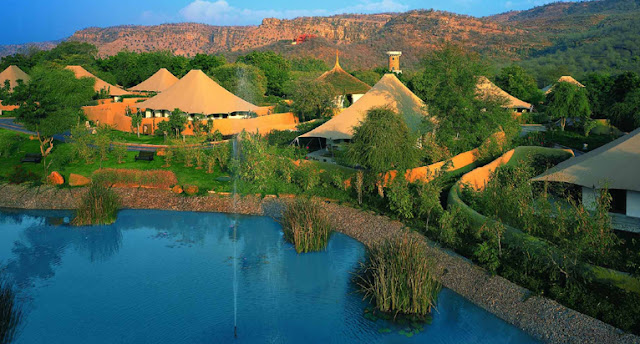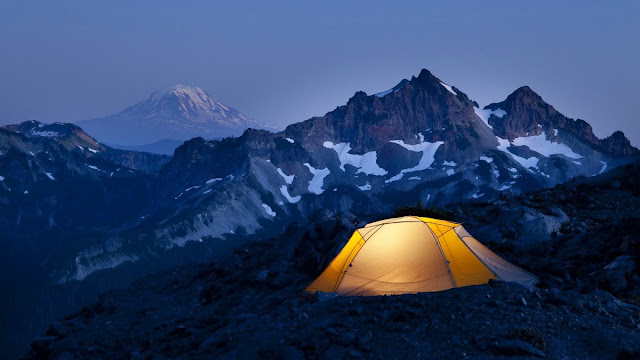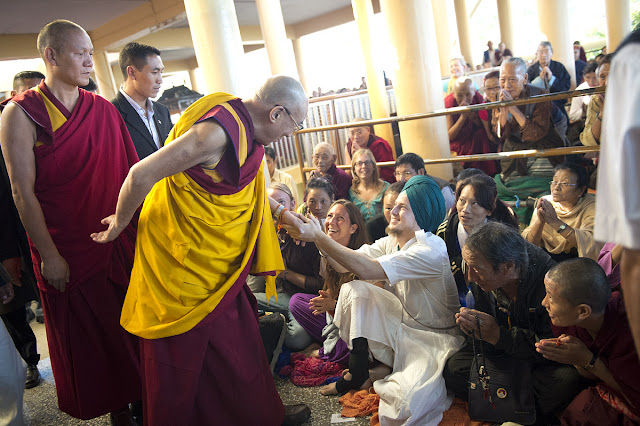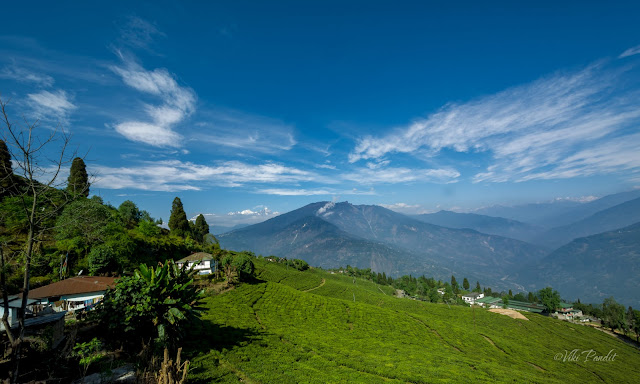Agra was the capital of many dynasties including Lodhi and Mughals. Located at the banks of River Yamuna, Agra offers the tourists the richest of the man-made beauties including three UNESCO world heritage sites -Agra Fort, Fatehpur Sikri and Taj Mahal. Famed with one of the Seven Wonders of the World -Taj Mahal, Agra is one of the most popular tourist destinations in India and World too. Agra is a virtual fort of history and architecture. Agra is also famous for historical monuments, architectural grandeur and beauty of marbles.
Taj Mahal: One of the Seven Wonders in the world, Taj Mahal is situated majestically on the banks of River Yamuna. It is acclaimed as one of the World Heritage Sites and is the living specimen of a romantic love life of Shah Jahan and his favorite beautiful wife Mumtaz Mahal. Ustad Isa, the renowned Persian Architect, led the construction. It took 22 years to complete this world wonder.
This symbol of eternal love is the quintessence of Mughal architecture. It is a combination of Persian, Turkish and Indian Architectural style. Calligraphy of the passages from the Quran adores the plinth, minarets, gateway, mosque and jawab.
Tip: Taj Mahal is open for night viewing on the day of the full moon and two days before and after that. To protect the beauty of the monument, no petrol or diesel vehicle is allowed in the Taj area.
Entry Fee: Rs. 20 (Indians) Rs. 510 (Citizens of SAARC & BIMSTEC contries) and Rs. 750 (Foreigners).
Agra Fort: Also renowned as the Red Fort of Agra, Agra Fort is located near to the Taj Mahal gardens on the banks of River Yamuna. The real specimen architectural marvel, this fortress was constructed in the 15th century. This Fort was built by Mughal Emperor Akbar, after he defeated the Afghans at Panipat in 1556.
Fatehpur Sikri: Fatehpur Sikri is a city constructed to honor Sufi Saint, Sheikh Salim Chisti by Mughal Emperor Akbar in the beginning of 1570. This saint predicted the birth of another son of Akbar, after the death of his twins. The city is bounded on three sides by a 6 km long wall, which is fortified by towers and has seven gates. UNESCO declared this complex a World Heritage Site with Jama Masjid in the year 1986.
Getting There: Hire a cab from Delhi to Agra. Agra is about 240 km from and about 3 hours drive from Delhi.




















































